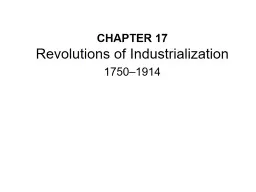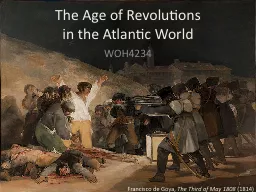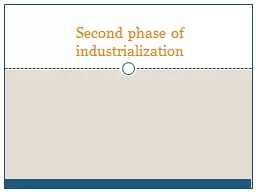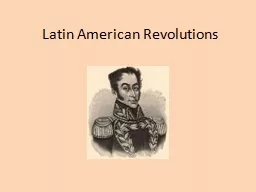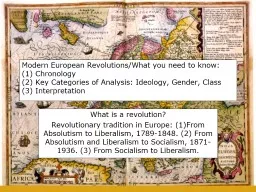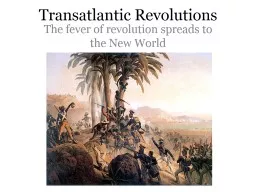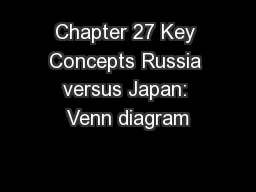PPT-CHAPTER 17 Revolutions of Industrialization
Author : phoebe-click | Published Date : 2018-10-22
17501914 I Explaining the Industrial Revolution A Why Europe 1 Technology science and economics elsewhere 2 Competition within Europe 3 Statemerchant alliances 4 Competition
Presentation Embed Code
Download Presentation
Download Presentation The PPT/PDF document "CHAPTER 17 Revolutions of Industrializat..." is the property of its rightful owner. Permission is granted to download and print the materials on this website for personal, non-commercial use only, and to display it on your personal computer provided you do not modify the materials and that you retain all copyright notices contained in the materials. By downloading content from our website, you accept the terms of this agreement.
CHAPTER 17 Revolutions of Industrialization: Transcript
Download Rules Of Document
"CHAPTER 17 Revolutions of Industrialization"The content belongs to its owner. You may download and print it for personal use, without modification, and keep all copyright notices. By downloading, you agree to these terms.
Related Documents

